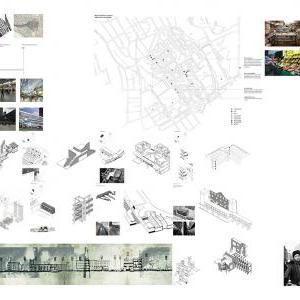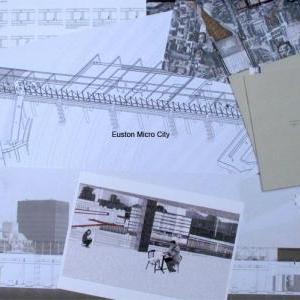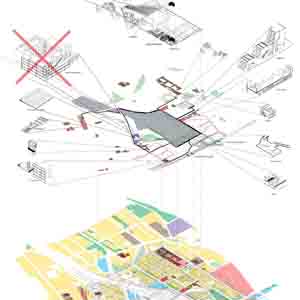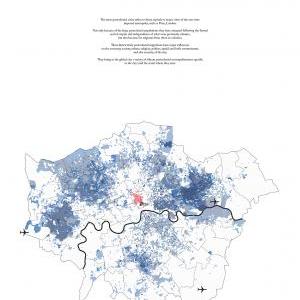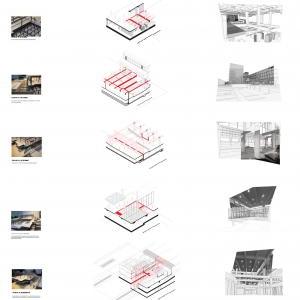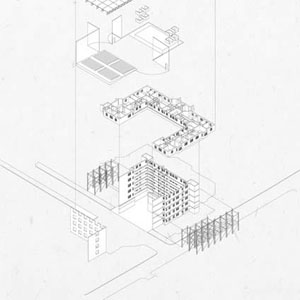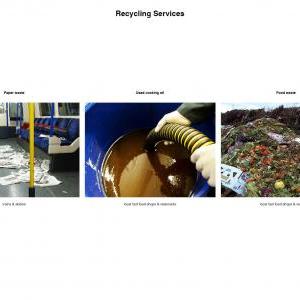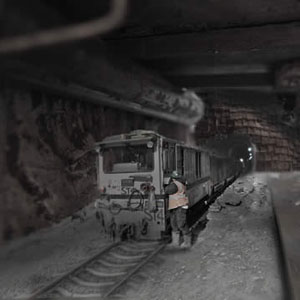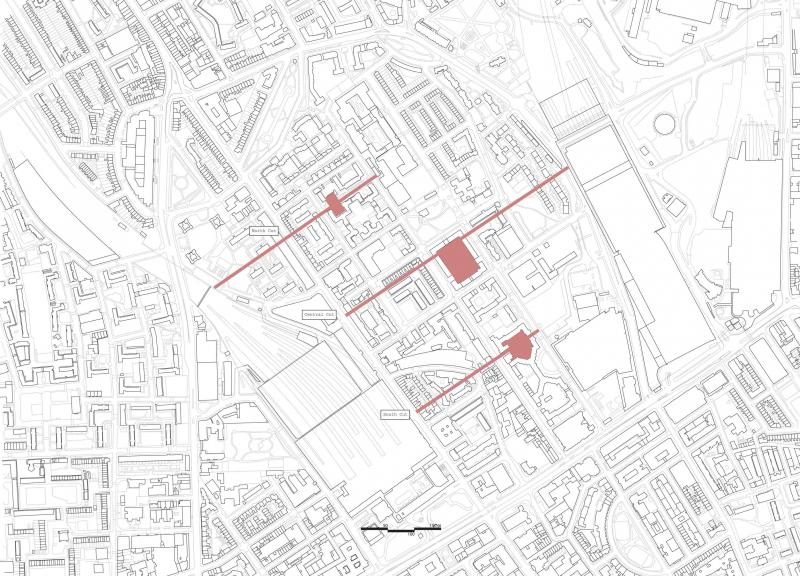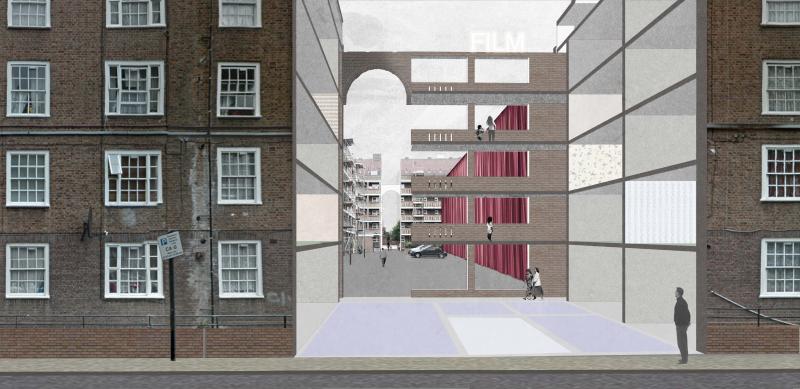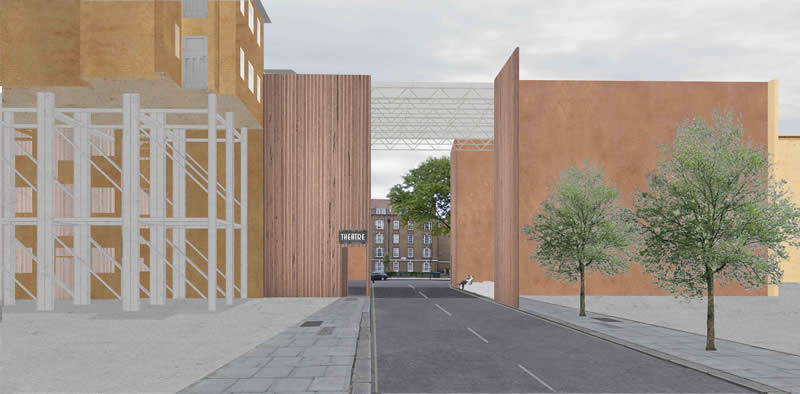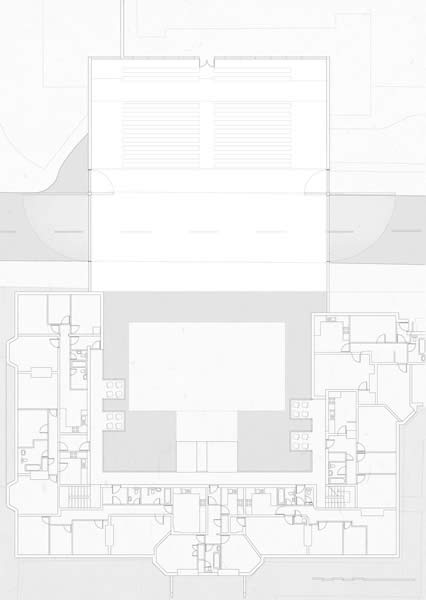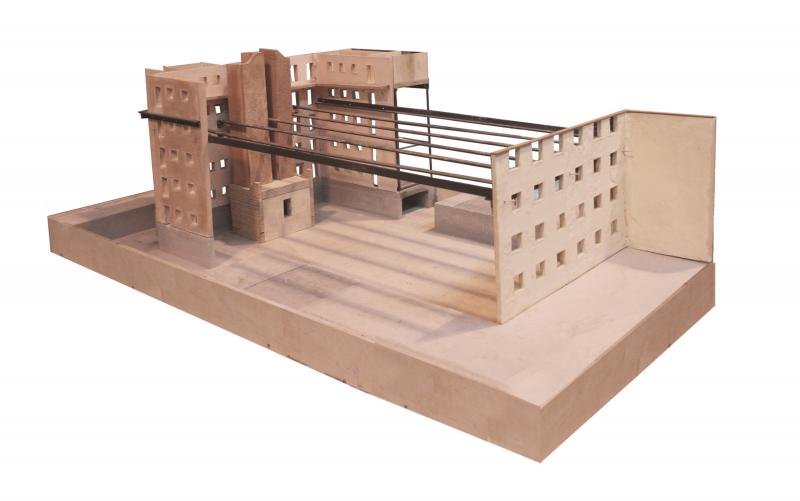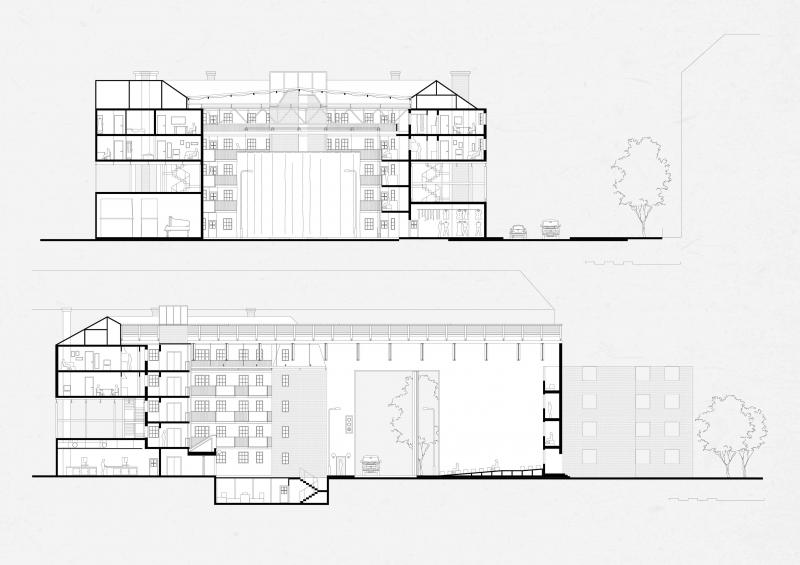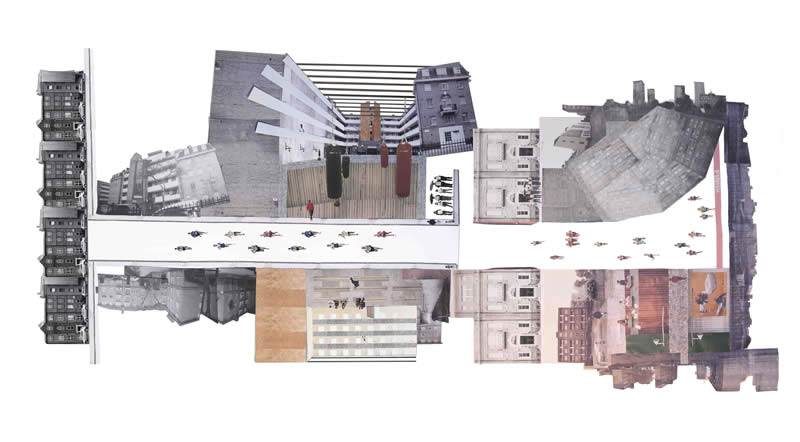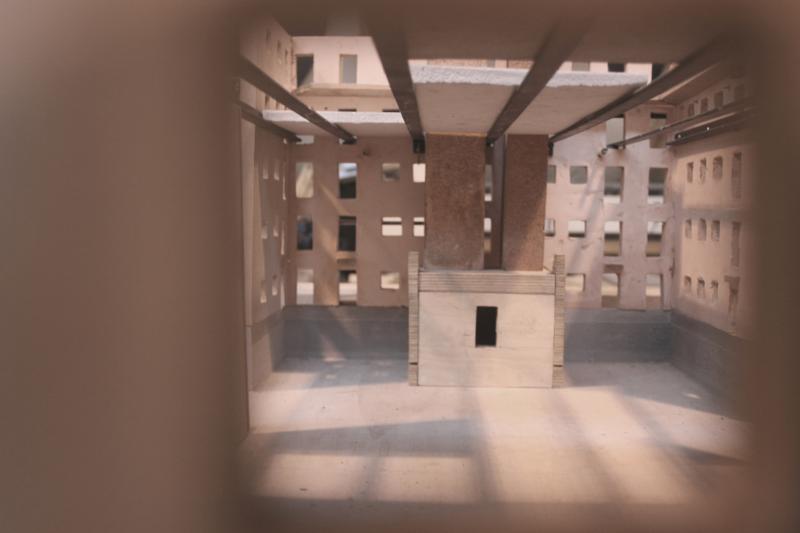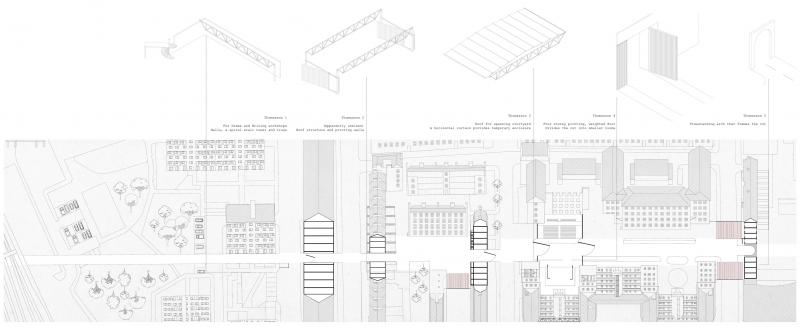Diploma 11 has been archiving leftover matter, unplanned sites and accidental architecture throughout London (Ed). These are expressions of times and places resulting in peculiar overlay of physical spaces (Raha). The redevelopment of Euston station is estimated to open up approximately 2.5 million square feet of predictably generic mixed-use development while increasing the number of platforms for a new High Speed 2 (HS2) railway that will connect the city to the Midlands and the North (Conrad).
The rebuild will have a direct impact on certain landmarks (Marko), but before any work has begun the repercussions are already affecting the area (Summer), and this uncertain future has left the neighbourhood, particularly the station itself, in a state of limbo. Physical decay is left unchecked as investment on piecemeal improvements becomes futile under the impending threat of demolition (Yannick). Our challenge is to define what makes up London today by sampling the city with careful consideration and investigating networks (Jonas), layers and levels of complexity that form its urban definition.
Our technique is the collage. By cutting and pasting, we reconfigure the existing and expect the unexpected (Max). We responded to a series of ‘what ifs?’ and proposed fixtures, fragments and forms that reveal, connect and cut through the essential matters of the existing fabric. Proposals derived from our research stand for continuity in the current reality of a market economy where the homogenisation caused by the likes of Starbucks and Holiday Inn has engulfed the city and transformed it with immense speed.
Our technical studies have continued to explore composite structures and material organisations that respond to the permanency and temporality inherent in Euston’s restructuring (Tom). Urban sampling extended to Nanjing China’s Xiaguan district and was juxtaposed with Euston as we suggested possibilities of how the local community around the abandoned train station can co-exist within the overall masterplan proposed by SOM (Xia). The unit plays a game of scales, materials, city stories and textures that are to be materialised in one design discourse (Jessica) – a counter proposal of sorts – in response to the overbearing sameness of the conventional masterplan (Yannick).
Unit Staff
Shin Egashira
Guest critics and thanks
Valentin Bontjes van Beek
Nicholas Boyarsky
Carlos Villanueva Brandt
Peter Carl
Javier Castañón
Homa Fajardi
David Greene
Hugo Hinsley
Ken Livingstone
Robert Mull
David Grahame Shane
Brett Steele
Sylvie Taher
Carolina Vallejo
Michael Weinstock
Georgie and Charlie Corry Wright
South East University Nanjing
Susan Chai
Hua Lee
Zhu Yuan
Summer Islam
Slow Future
Three physical slices are cut into and against the grain of Somers Town. They carve out gaps and pauses, places for slowness. The cuts open up the enclosed courtyards of the area. The train lines of Euston and Kings Cross feed the nation out of London northwards, but the slices run between the stations East to West.
The cuts run in opposition to the fast realm of vision and capital, where start-stop decisions on High Speed Rail 2 have repercussions within a neighbourhood before the diggers have even arrived. They use slow tools to be formed - listing, a process that claims to not freeze buildings in time but can certainly be used to slow down their rates of change. The built fabric that forms these long thin spaces is protected , although that which surrounds them is not. In this, listing is used not to protect individual buildings but to maintain the scale of the area as a whole.
Heritage Listings usually work to protect a building from damage, but in this the damage is deliberately inflicted. City blocks are broken down into their constituent parts of walls, windows and bricks to preserve more than simply the physical appearance of the area, but its pace as well.
.jpg)
